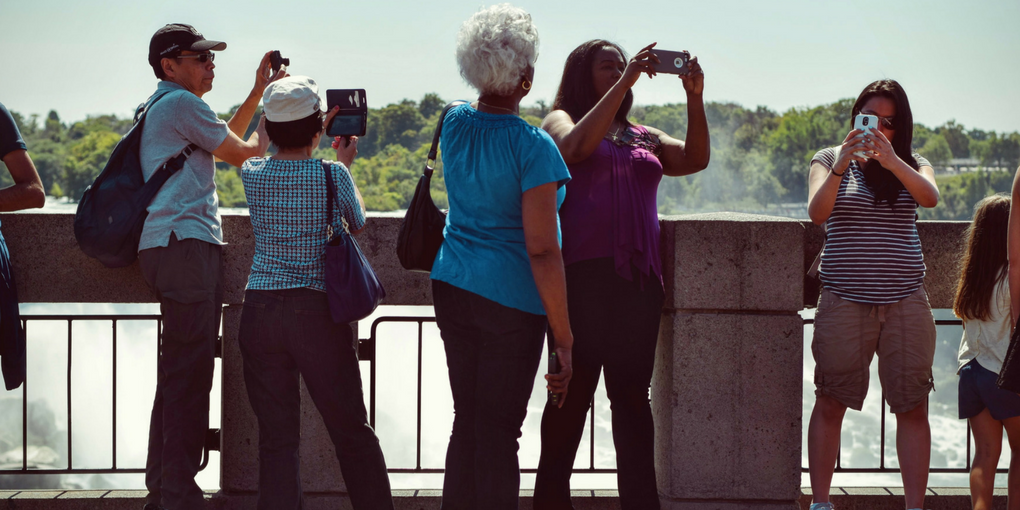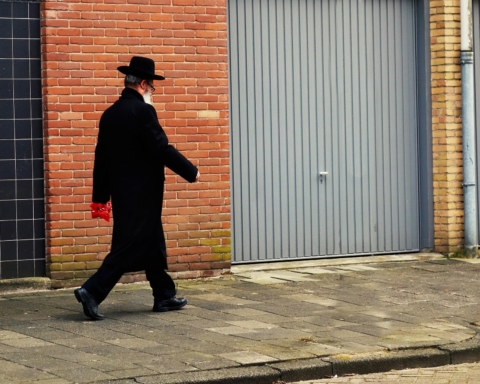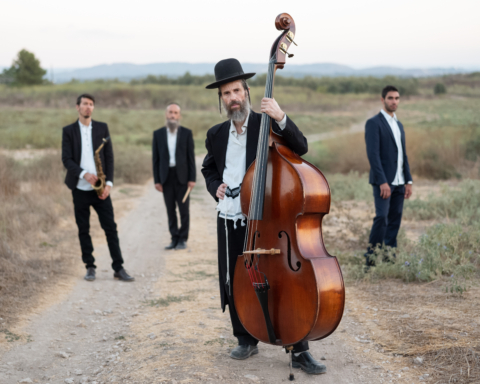The Holy Land has never been hotter, and the tourist industry isn’t ready for it. Thanks to large efforts from the Israel Ministry of Tourism, the Open Skies Agreement, and the relatively peaceful state since summer 2014, a steady stream of tourists want to explore Israel – and surprisingly, tourist hot spots and its guides are not loving it.

The Ministry of Tourism has been working hard to boost the industry, though have not taken stock of the current infrastructure that can handle large quantities of tourists. From long waiting periods to no parking to unsuitable bathrooms, one of the major issues is the lack of suitable accommodation.
Two of the most popular places to visit and stay, like the Jerusalem Old City and the Sea of Galilee, are more historical landmarks which have become hot spots. They were not built for tourists and are difficult to renovate or expand.
While there has been a recent spring of boutique hotels across Israel, for larger tour groups, they are simply not able to accommodate. The larger hotel chains have been at 70% capacity throughout the year and are in demand. Tour groups have found they need to stay on the periphery of the large cities like Tel Aviv and Jerusalem because there simply isn’t enough space. Because of the licensing and building process, new hotels would take about ten years to build; certainly not conducive for creating a solution to the immediate problem.
In terms of the future, perhaps it’s clear that the infrastructure of Israel needs to be built up to enable holding these tourists, before flooding any more places who might not be able to provide their visitors with the positive kind of tourism experience Israel intends to give.








